This year, already a lot of excellent young scientists have received Macro Awards for their outstanding research in different fields of polymer science.
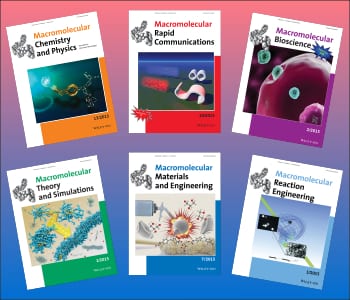


This year, already a lot of excellent young scientists have received Macro Awards for their outstanding research in different fields of polymer science.
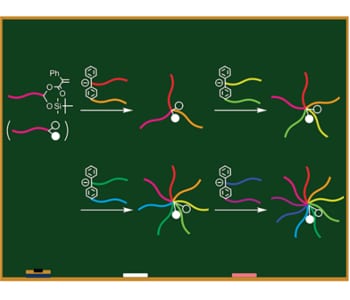
Precise synthesis of multi-armed and multi-component star-branched polymers was achieved using living anionic polymerization in a new iterative approach.

The last decades have witnessed a dramatic advance in organic syntheses from the viewpoint of environmental science and technology. In a review article, Professor Michinobu highlights a novel click reaction inspired by semiconducting polymer doping techniques.
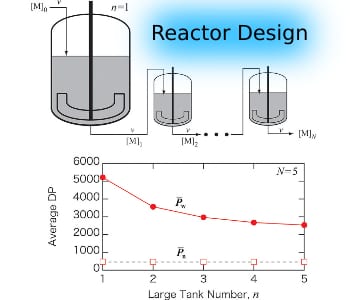
H. Tobita reveals that division of the zones in multi-zone reactors makes a significant difference in chain microstructure.
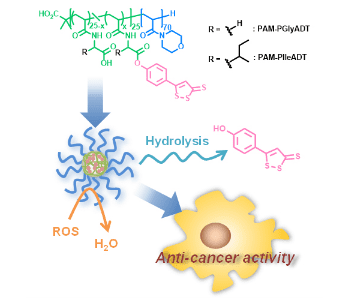
Polymeric prodrug micelles for delivery of a dithiolethione drug have been designed and synthesized from amphiphilic diblock copolymers.
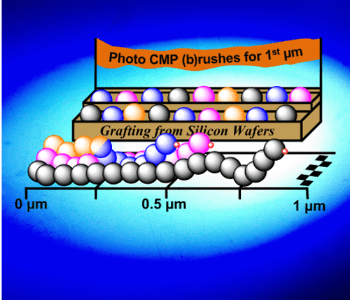
Modification of surfaces by grafting polymer chains from surface-anchored initiators opens vast opportunities to engineer surface properties of materials.
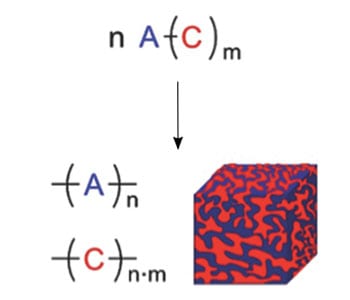
Twin polymerization describes the formation of two polymers starting from just one monomer in a mechanistically coupled process step.

Katharina Landfester (Director, MPI for Polymer Research) describes how she and her husband manage to balance their family life and scientific careers.
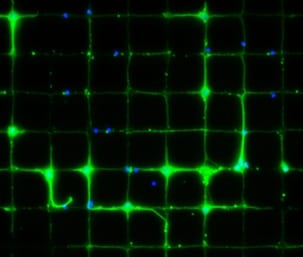
Cells can be grown in micropatterns of poly-D-lysine on graphene, opening a door for cell bassed sensor applications.

For a limited time you can now take a look at selected reviews and feature articles for free!